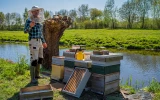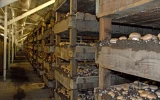How Much Money Can You Make Farming 100 Acres?
Farming 100 acres is no small feat, and it's only natural for you to wonder how much money you can make from such a large plot of land. However, there are both challenges and opportunities when it comes to farming on a larger scale, from crop selection to market demand, weather patterns to labor costs. So, let's take a closer look at the potential profits and pitfalls of farming 100 acres, and see what crops and livestock you can grow and raise.
You can earn an estimated annual income of $22,500 to $32,500 from soybean farming, $5,000 to $7,500 from oats, $35,000 to $45,000 from corn, $720,000 from mushrooms, $500,000 to $1,000,000 from saffron, and $100,000 to $250,000 from Christmas trees. Farming livestock on 100 acres can also be a lucrative idea.
You can raise cattle, sheep, and goats, or set up a bee apiary on your livestock farm, and it can earn you good cash in no time. Let's look at the estimated profits from these types of livestock farming, as well as learn what factors affect farm profit for a hundred-acre plot of land.
Summary
- If you allot your 100-acre land to crop farming with crops such as corn, soybeans, or oats, you may earn from $5,000 to $45,000 a year.
- The most lucrative option to maximize your 100-acre land is to allot it for specialty farming such as mushroom farming, saffron farming, or Christmas tree farming. In a year, you can earn up to seven figures with these types of farming.
- You can raise cattle, goats, and sheep on your hundred-acre farm and earn thousands of dollars a year. You may also opt for beekeeping to sell honey and other bee products.
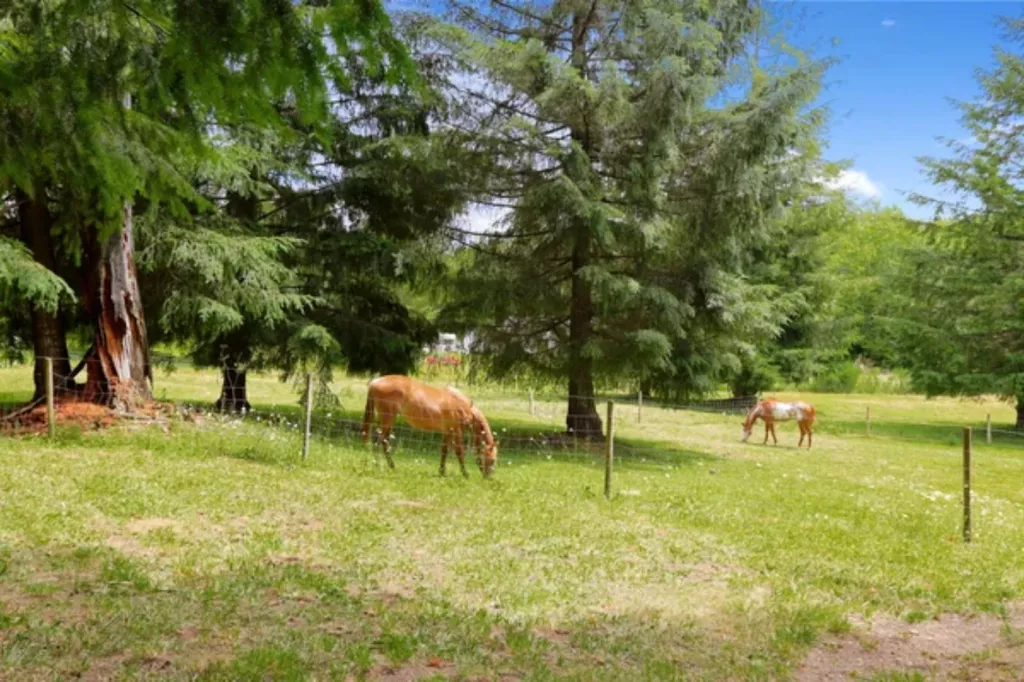
On this page:
Estimated Profits from Farming Different Crops on 100 Acres
If you plan on growing crops, the profit you can make per acre will depend on the type of crop you choose to grow, the yield you can achieve, and the market price for that crop.
Here is a breakdown of the estimated profits from farming different types of crops on 100 acres of land:
| Type of Farming | Estimated Annual Profit |
|---|---|
| Soybean Farming | $22,500 to $32,500 |
| Oats Farming | $5,000 to $7,500 |
| Corn Farming | $35,000 to $45,000 |
To increase profitability when farming 100 acres of land, you may need to focus on maximizing your returns. This means producing crops or raising livestock that are in high demand and can be sold at a premium price. Below, we'll explore different profit estimates from crop farming, specialty farming, and livestock farming.
Corn farming on 100 acres can earn between $35,000 and $45,000
Corn is a popular crop for farmers due to its versatility and high demand. To calculate the estimated profit from farming corn on 100 acres of land, let's assume that the whole farm is dedicated to corn farming and that the farm sells the corn to local markets and grain elevators.
The average market price for corn is around $3.50 to $4.50 per bushel. The projected break-even price for corn in 2020 was $4.17 per bushel.
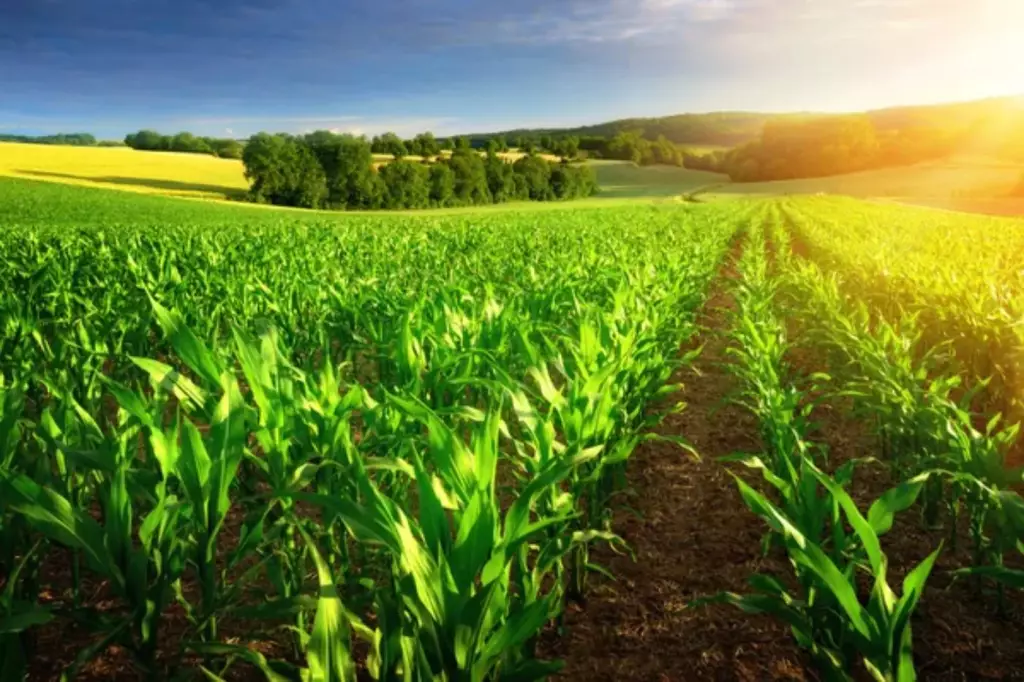
Assuming that the farm produces 150 bushels of corn per acre, the estimated revenue from the sale of corn, if it is sold at its breakeven price, would be $625.5 per acre.
For 100 acres of corn, the estimated annual revenue from crop sales would be $62,550. If the total cost of production for corn farming on 100 acres of land is around $25,000 per year, the estimated net income could be around $37,550 per year.
Soybean farming can yield an annual profit of $22,500 to $32,500
Soybeans are another popular crop for farmers, and they can bring in a good profit when conditions are favorable, especially if they are grown in regions with tropical climates.
To calculate the estimated profit from planting soybeans on 100 acres of land, let's assume the following data:
- The average market price for soybeans is around $8.50 to $9.50 per bushel, and its breakeven price in 2020 is $9.29 per bushel.
- The farm can produce 50 bushels of soybeans per acre, which gives an estimated revenue between $425 to $475 per acre.
Therefore, for 100 acres of soybeans, the estimated annual revenue from crop sales would be $42,500 to $47,500. If the total cost of production is around $15,000 to $20,000 per year, the estimated net profit would be around $22,500 to $32,500 per year.
Oats farming can make $3,000 to $13,500 per year
Oats are a less commonly grown crop, but they can still bring in a decent profit and are in fact considered a cash crop. To calculate the profit from farming 100 acres of oats, you may use the following data:
- The average market price for oats is around $2.00 to $3.00 per bushel.
- If the farm produces 75 bushels of oats per acre, the estimated revenue from the sale of oats would be $150 to $225 per acre.
- For 100 acres of oats, the estimated annual revenue from crop sales would be $15,000 to $22,500.
Assuming that the total cost of production for oat farming on 100 acres of land is around $9,000 to $12,000 per year, the estimated net profit from oat farming on 100 acres of land would be around $3,000 to $13,500 per year.
Profit from Specialty Farming
Below is a table showing the estimated profit from various types of specialty farming:
| Type of Farming | Estimated Annual Profit |
|---|---|
| Mushroom Farming | $720,000 |
| Saffron Farming | $500,000 to $1,000,000 |
| Christmas Tree Farming | $2,800,000 to $4,800,000 |
Mushroom farming on 100 acres can earn up to $720,000
Mushroom farming can be a profitable venture, especially if you grow oyster mushrooms. Oyster mushrooms are easy, fast-growing, and high-yielding mushrooms.
You can sell them fresh to restaurants or dry them for a longer shelf life. With proper care, you can grow up to 25 pounds of oyster mushrooms per square foot, which can fetch up to $25 per pound. This means that you may potentially earn up to $625 per square foot.
A 500-square-foot space has the capacity to grow 12,000 pounds of oyster mushrooms in a year. If these are sold at $7 per pound, you can have an annual revenue of $84,000.
To determine how profitable mushroom farming can be even in small spaces, you can find a more detailed mushroom profit calculation here.
Saffron farming on 100 acres of land can help you earn seven figures
Saffron is one of the most expensive spices in the world, and saffron farming can be very profitable. Saffron is the stigma of the crocus flower, and it takes about 150,000 flowers to produce one kilogram of saffron.

One acre of saffron can produce up to 10 kilograms of saffron. Its wholesale price ranges from $500 to $5,000, whereas the retail price can fetch between $5,000 and $10,000 per kilogram.
This means that you can potentially earn up to $50,000 per acre, so the net income of 100 acres of Saffron can likely reach seven figures.
Christmas tree farming can earn you millions in a year
Christmas tree farming can be a profitable venture, especially if you grow Douglas fir trees. Douglas fir trees are one of the most popular Christmas trees and have a high demand.
You can sell them fresh or dried. With proper care, you can grow up to 1,000 trees per acre.
The price of a Douglas fir tree can vary from $50 to $70, depending on the size and quality. This means that you can potentially earn up to $50,000 to $70,000 per acre.
If we assume that the total production cost of a 1-acre Christmas tree farm is around $22,000 per acre, the estimated net profit from farming a hundred-acre Christmas tree farm can escalate quickly to $2,800,000 to $4,800,000 annually.
Profit from Livestock Farming
Depending on the type of livestock you choose to raise, you can earn a good income from selling meat, milk, wool, or other products.
Here are some estimated profits you can expect from different types of livestock farming on 100 acres of land:
| Type of Farming | Estimated Annual Profit |
|---|---|
| Cattle Farming | $40,000 to $100,000 |
| Goat Farming | $50,000 to $100,000 |
| Sheep Farming | $50,000 to $150,000 |
| Beekeeping | $30,000 |
Cattle farming can raise $40,000 to $100,000 a year
Cattle farming can be a profitable business, but it requires significant investment in fencing, feeding, and other infrastructure. Based on the Cow-Calf Profitability Estimates for 2020 and 2021, the estimated cost of raising a cow and her calf for 205 days is $648.
If you can sell the calf for $1,200, you can make a profit of $552 per cow. However, keep in mind that raising livestock requires more labor and infrastructure costs compared to growing crops.
On average, a cow-calf operation can generate a profit of $200 to $400 per cow per year. This includes the cost of feed, veterinary care, and other expenses.
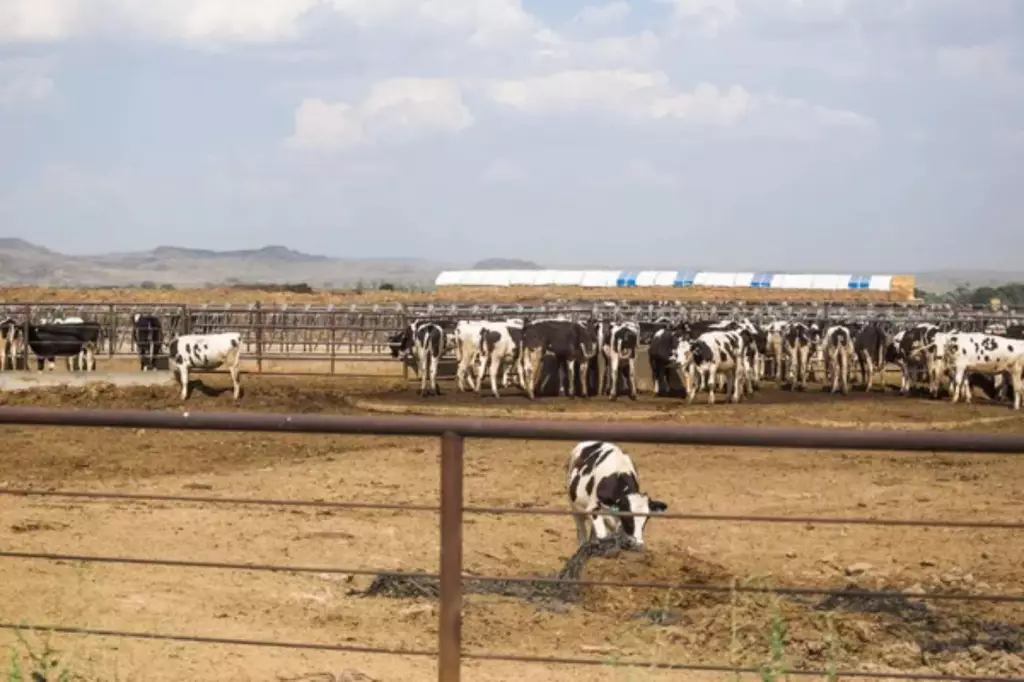
To maximize your profits, you may try to sell your calves at weaning or raise them to maturity and sell them as finished beef. You can also sell breeding stock or lease your bulls to other farmers.
You can earn as much as $50,000 to $150,000 from sheep farming
Sheep farming can be a lucrative business, especially if you focus on producing high-quality wool. A single wool clip can make $140 per pound of clip per year.
If you plan to raise sheep and sell them later on, the average profit per sheep is around $30 to $50 per year, but this can vary depending on the breed and market conditions. Read this article to find out some of the best and most profitable sheep for a smallholding.
In addition to wool, you may also sell lamb meat, breeding stock, and other products. Sheep are relatively easy to manage and require less fencing than cattle.
Goat farming can help you earn $50,000 to $100,000 a year
Goat farming can be a profitable business, as you can sell their milk or cheese, sell goat meat, and sell them as breeding stock. The average profit per goat is around $20 to $50 per year, but this can vary depending on the breed and market conditions.
Goats are relatively easy to manage and require less fencing than cattle.Even just two goats can help you earn $1,000 to $2,000 per year.
You may earn up to $30,000 annually through beekeeping
The profitability of beekeeping is mainly attributed to producing high-quality honey. The average profit per hive is around $50 to $100 per year, but this can vary depending on the type of honey and market conditions.
You may also sell other bee products, such as beeswax, pollen, and other products. Beekeeping requires less fencing and infrastructure than livestock farming, but it does require specialized knowledge and equipment.
To know the estimated cost of starting beekeeping, you can read this article.
Factors Influencing Farm Profit
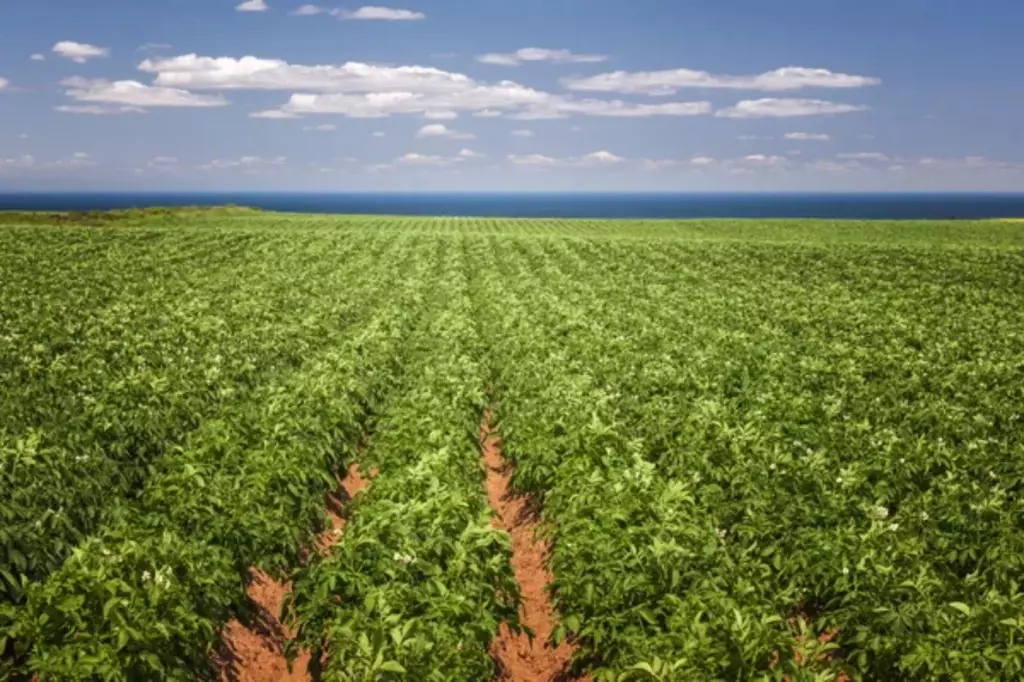
-
Farm size and productivity: Generally, larger farms tend to be more profitable than smaller ones, as they can benefit from economies of scale. However, this is not always the case, as smaller farms can be more productive per acre than larger ones.
-
Regional variations: Factors such as climate, soil type, and water availability can all affect the types of crops you can grow and the yield you can expect. Additionally, regional variations in market demand and prices can also impact your profit.
-
Land and equipment costs: Land prices can vary widely depending on the location and quality of the land, while equipment costs can be affected by factors such as the age and condition of the equipment, as well as the type of farming you are doing.
-
Labor and maintenance costs: Labor costs can be affected by factors such as the type of farming you are doing and the availability of labor in your area. Maintenance costs can be affected by factors such as the age and condition of your equipment, as well as the type of farming you are doing.
-
Market trends and prices: Factors such as consumer demand, import/export policies, and global supply and demand can all affect the prices you can get for your crops or livestock. You may need to stay up-to-date with market trends and prices to ensure that you are getting the best possible price for your products.

